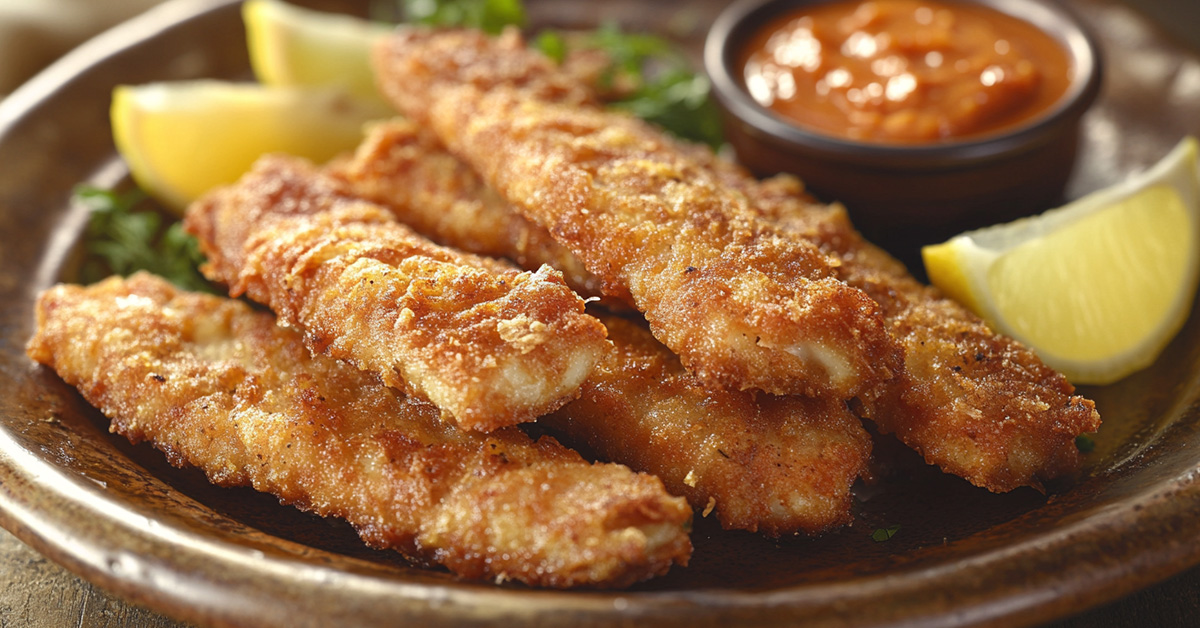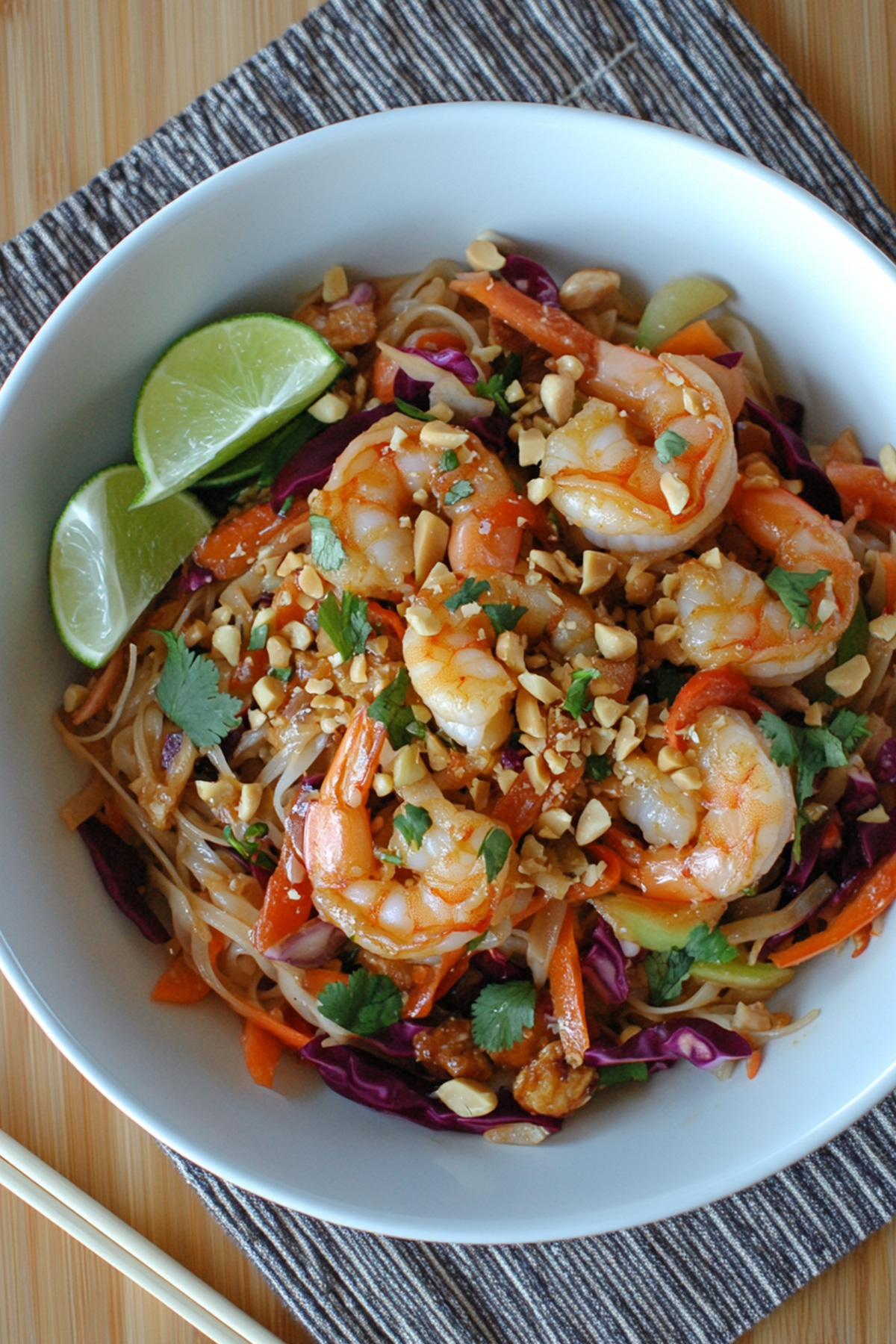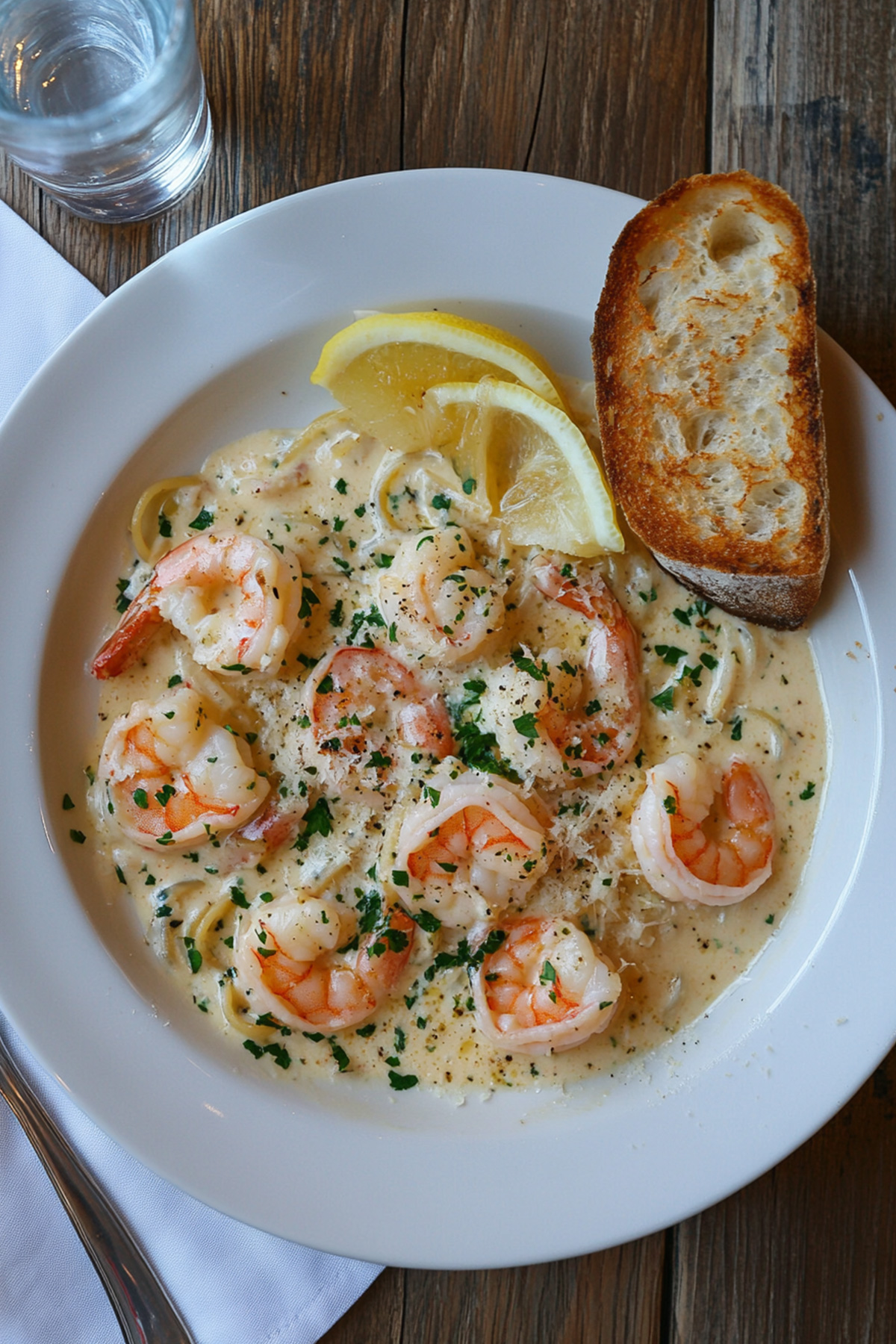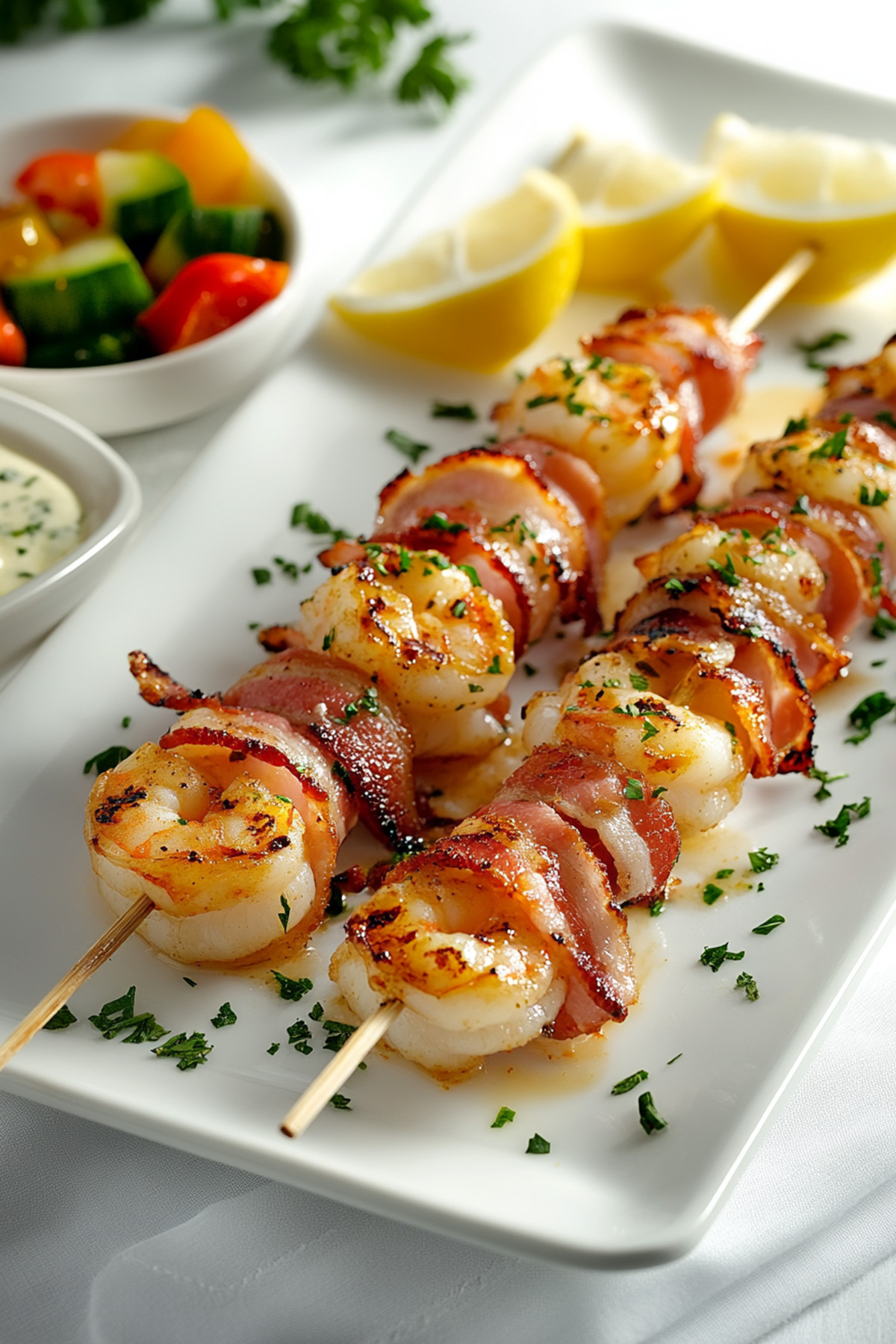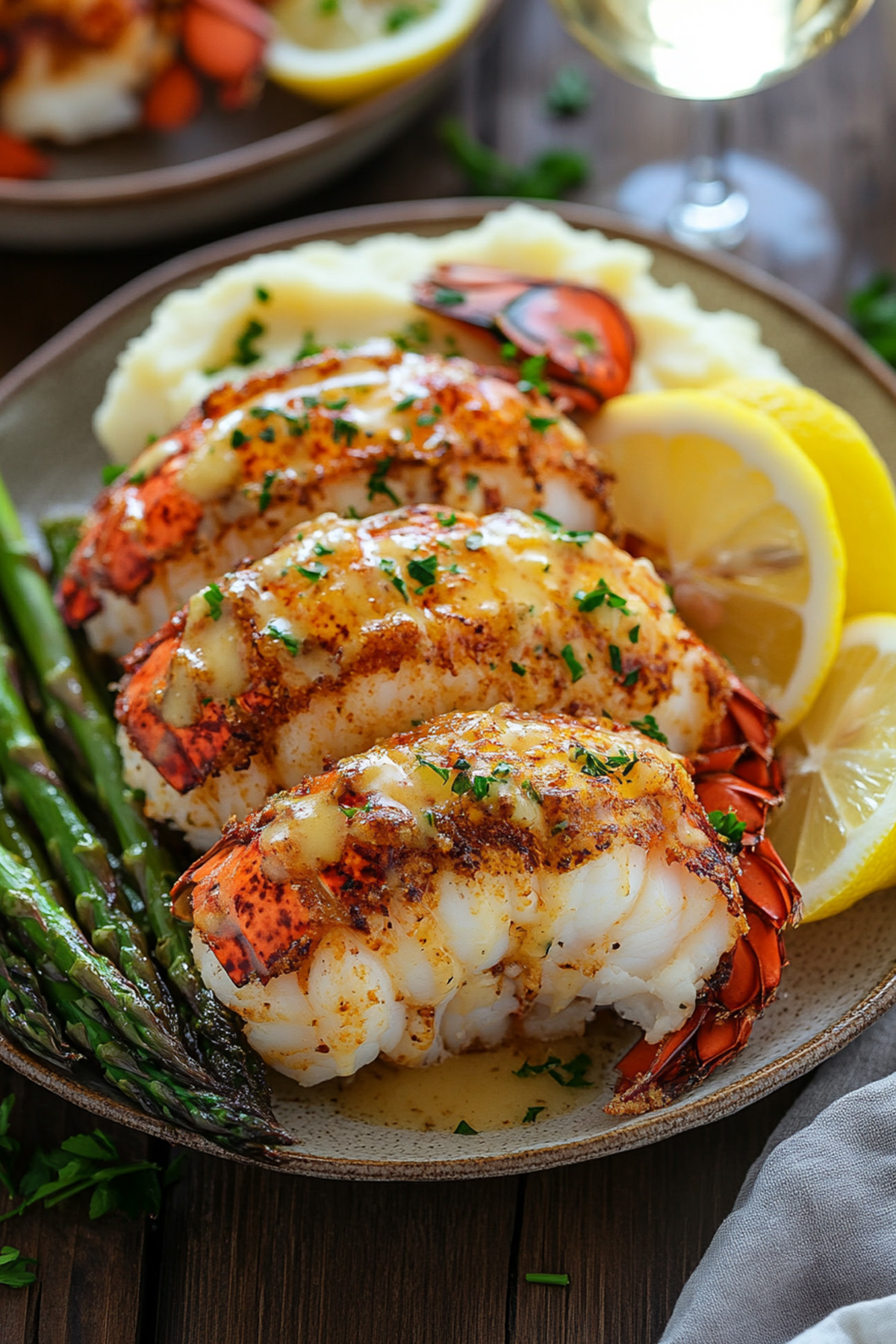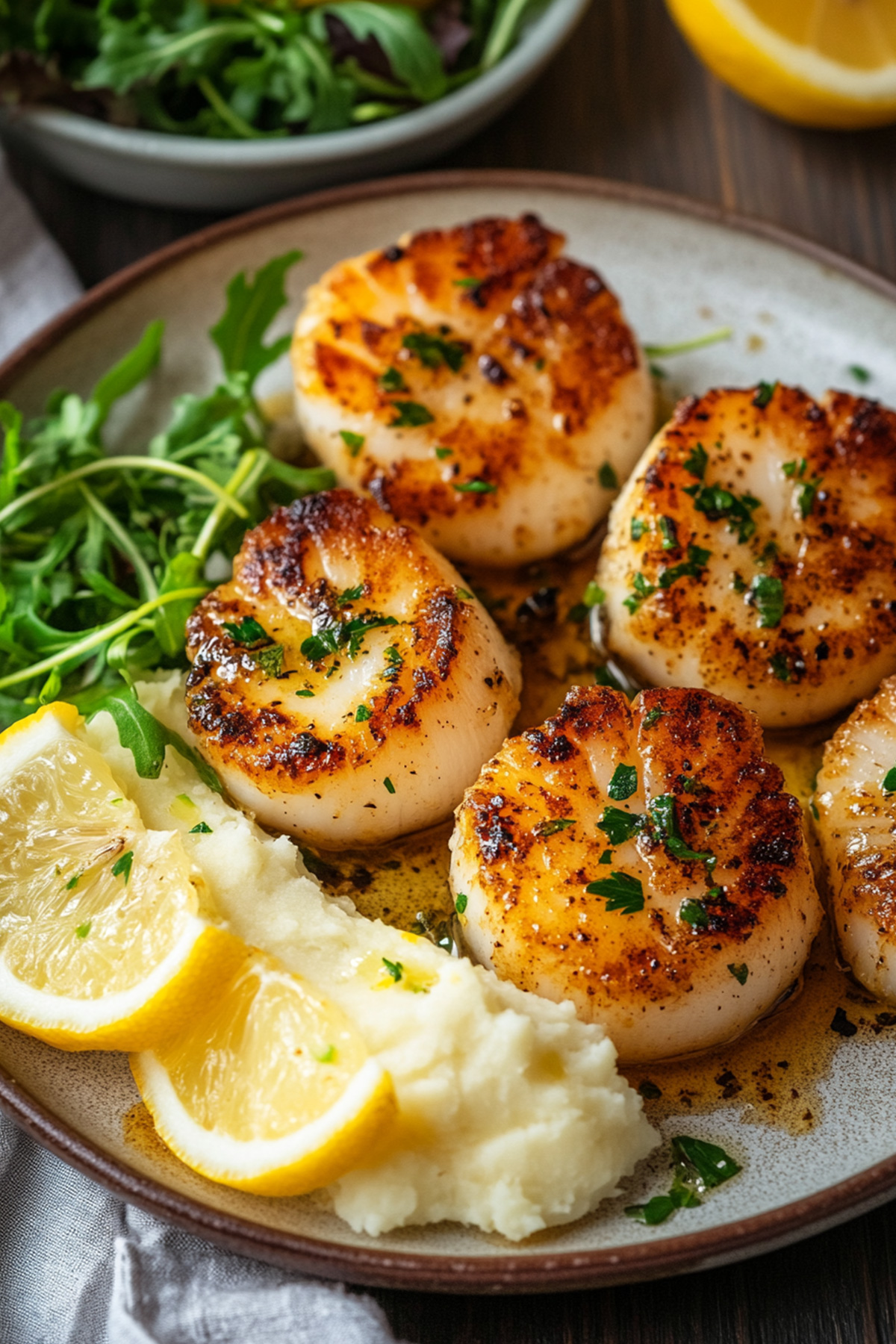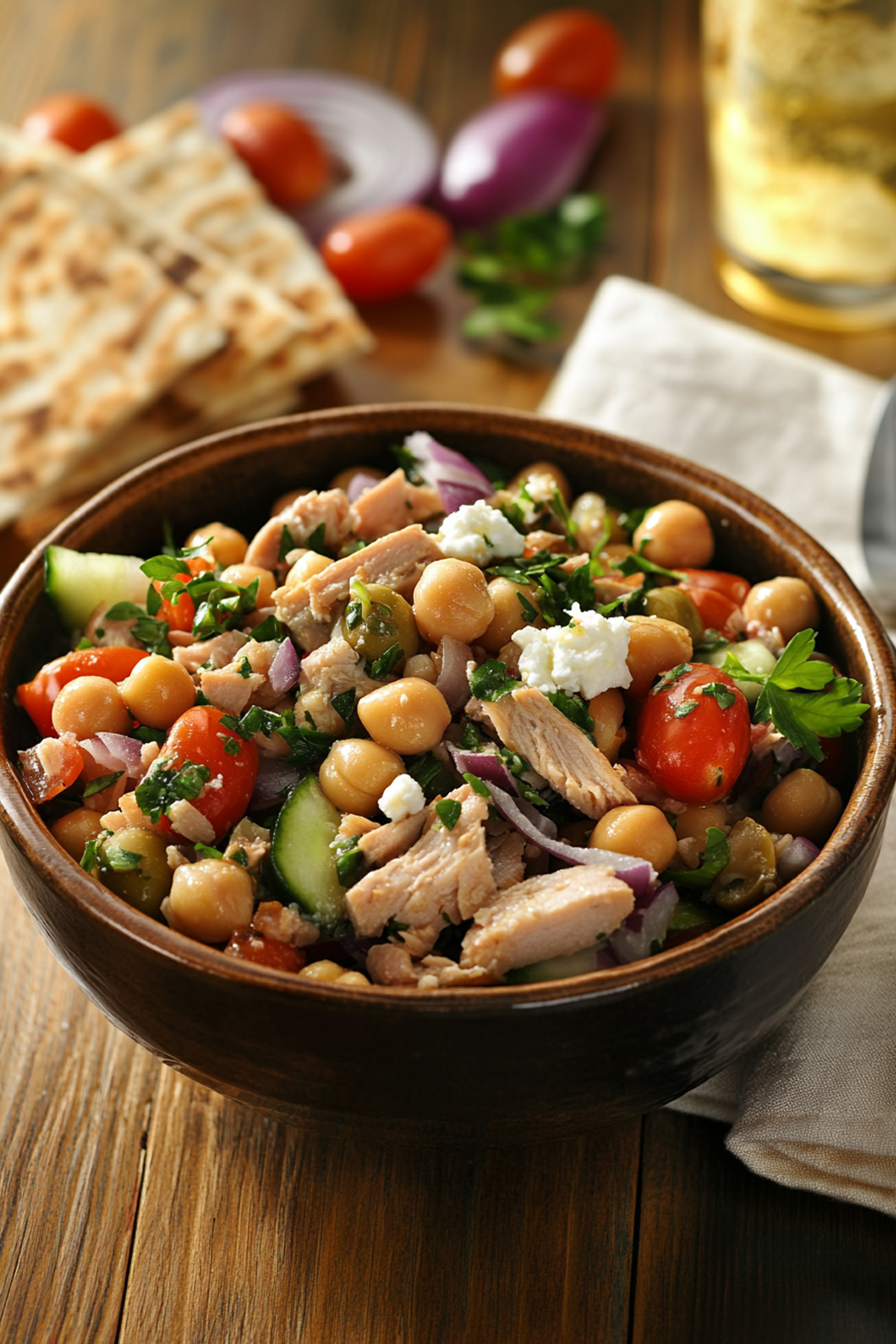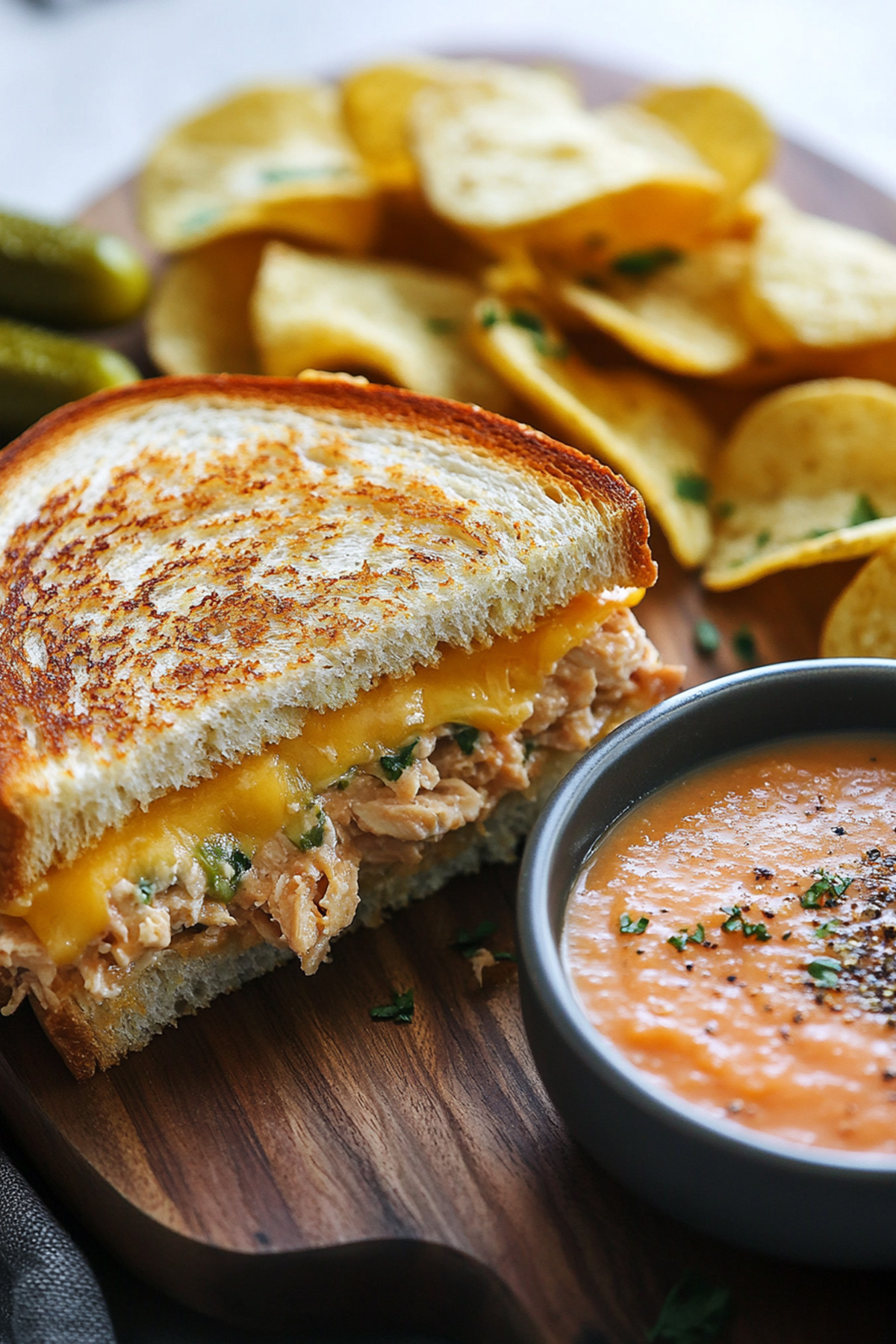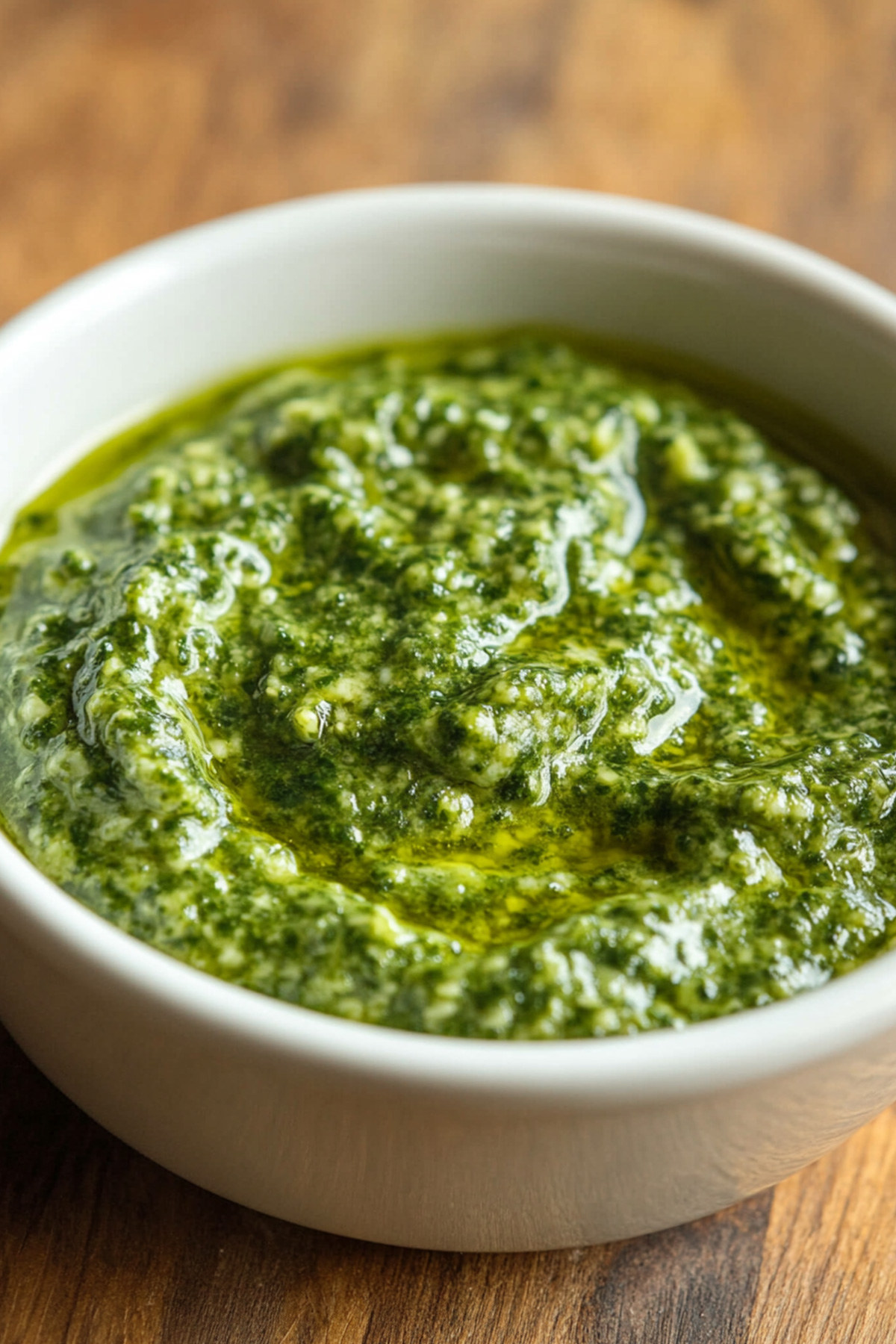Disclosure: As an Amazon Associate and participant in other affiliate programs, we earn from qualifying purchases. We only recommend products we believe will provide value to our readers.
Want to master the art of making mahi mahi fried to perfection at home? Your family and friends will adore this mouthwatering seafood dish, showcasing mahi mahi’s mild, sweet flavor wrapped in a golden, crispy coating. Achieving restaurant-quality fried mahi mahi doesn’t demand professional cooking skills – all you need is the right guidance and techniques.
Our detailed recipe walks you through the cooking process and helps you select fresh fish to achieve the ideal crispy texture. You’ll discover everything in proper preparation, avoid common mistakes, and learn expert tips to create the best fried mahi mahi. This step-by-step guide will boost your confidence to prepare this nutritious and flavorful dish, whether you’re a beginner or want to add more seafood recipes to your collection.
Table of Contents
Understanding Mahi Mahi Fish
Mahi mahi stands out as a remarkable choice at the time you’re learning about seafood options for your next meal. This distinctive fish, scientifically known as Coryphaena hippurus, lives in tropical and subtropical waters worldwide, including the Gulf of Mexico, Costa Rica, Hawaii, and the Indian Ocean.
Physical Characteristics:
- A streamlined body with a long dorsal fin
- Firm, white flesh with a clean, non-fishy flavor
- Typically 7 to 13 kg (15 to 29 lb) in weight
- Usually measures about a meter in length
The mahi mahi’s stunning appearance sets it apart from other fish. Its natural habitat reveals golden sides that go together with one another with brilliant blues and greens on its back. The fish’s firm texture makes it perfect to cook in different ways, especially frying.
Mahi mahi grows faster than most fish species in the ocean. These fish can reach impressive lengths within their first year, though they rarely live beyond five years. This rapid growth rate and their reproductive patterns make them an eco-friendly choice for your table.
The fish’s gray-white flesh turns into an attractive white color during cooking. It offers a clean, mild taste that pairs well with different seasonings and cooking styles. The firm texture can handle high heat, which makes it perfect for your fried fish recipes.
Benefits of Choosing Mahi Mahi for Frying
Mahi mahi stands out as a versatile fish that’s perfect for frying. This remarkable fish brings countless benefits to your kitchen. Its firm, meaty texture stands up to pan-frying, which makes it a great choice for cooks of all skill levels.
Nutritional Powerhouse Mahi mahi offers an impressive array of health benefits that make it an excellent choice for frying. This remarkable fish delivers:
- Heart-healthy omega-3 fatty acids
- High-quality protein with relatively low calories
- Selenium, a powerful antioxidant
- B-vitamins (B3 and B6)
- Lower mercury levels than most other fish
The fish’s firm texture and mild flavor make it ideal for frying. Many delicate fish varieties can break apart during cooking, but mahi mahi maintains its structure in the pan. You’ll achieve that perfect golden crust while the inside stays moist and flaky.
This fish proves budget-friendly too. Mahi mahi matches the quality and taste of premium white fish like halibut at a fraction of the cost. Pan-frying preserves more nutrients than deep-frying while still creating that crispy exterior everyone loves.
Health-Conscious Choice Mahi mahi serves as an excellent option for calorie-conscious diners. This naturally lean fish stays healthy with a light coating and minimal oil in the pan. The high protein content helps satisfy hunger longer, which supports your weight management goals effectively.
Read also: How to make Fried Cod Recipe
Essential Equipment for Perfect Mahi Mahi Fry
The right equipment in your kitchen plays a vital role in creating the perfect mahi mahi fried dish. Let’s explore the tools that will give you restaurant-quality results at home.
A successful dish starts with the right cooking vessel. A thick-bottom stainless steel or cast iron pan creates that perfect golden crust on your fried mahi mahi. Beginners should think over starting with a quality non-stick pan that helps them become skilled at the technique.
These tools are a great way to get success with your mahi mahi frying:
- A thin, flexible fish spatula for precise flipping and handling
- An instant-read thermometer to ensure proper oil temperature
- A sharp knife for precise fish preparation
- A splatter guard to keep your stovetop clean
- A pair of cooking tweezers for removing small bones
Your pan should be the centerpiece of your equipment lineup. The best results come from a pan at least 12 inches in diameter with slightly raised sides. This space allows you to work with the fish without overcrowding and creates that perfect crispy exterior.
Temperature control makes all the difference when frying mahi mahi. A good thermometer helps maintain the right oil temperature throughout cooking. The splatter guard does more than keep your kitchen clean – it maintains consistent heat and protects you from hot oil splashes.
Your pan needs proper seasoning before cooking, especially with stainless steel or cast iron. This creates a natural non-stick surface and helps your mahi mahi release easily at the time of flipping.
You may like: How to Make Blackened Mahi Mahi Recipe
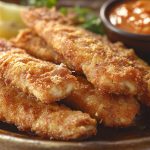
Mahi Mahi Fried Fish
- Total Time: 15 minutes
Description
Make your kitchen a seafood haven with this crispy pan-fried mahi mahi recipe. The dish creates a perfect balance. A golden, crunchy exterior protects the fish’s natural tenderness and keeps its flaky texture inside.
Fresh mahi mahi turns into crispy, golden filets with a three-step breading technique. The recipe pairs perfectly with a zesty sriracha aioli. This delicious twist on classic fried fish takes just 20 minutes to prepare.
Ingredients
- 1 pound mahi mahi filets, sliced into strips
- 1½ cups all-purpose flour
- 1 tablespoon baking powder
- 2 large eggs
- 1 tablespoon Mexican seasoning
- 1 teaspoon garlic powder
- 1 teaspoon salt
- 1 teaspoon black pepper
- 2 teaspoons paprika
- Neutral oil to fry
- Fresh lemon wedges to serve
Sriracha Aioli:
- ¼ cup mayonnaise
- 1 tablespoon sriracha sauce
- 2 teaspoons lemon juice
- 2 teaspoons soy sauce
Instructions
- Start by arranging three bowls to create your breading station. Fill them with flour mixture, beaten eggs, and seasoned breadcrumbs.
- Take your mahi mahi strips and pat them completely dry with paper towels.
- Pour oil into a large skillet and heat it to 350°F.
- Take each strip and coat it first in flour. Next, dip it in egg, and finish with a thorough coating of seasoned breadcrumbs.
- Place the coated strips in hot oil and cook them for 3-4 minutes on each side until they turn golden brown.
- Once cooked, place the strips on paper towels. This helps drain any extra oil.
- Combine all aioli ingredients in a small bowl and stir them until the mixture becomes smooth.
Notes
- Keep the oil temperature steady at 350°F while cooking
- Leave enough space between pieces in the pan
- Make sure the fish is completely dry before adding breading
- The coating sticks better when pressed firmly onto the fish
- Prep Time: 10 minutes
- Cook Time: 5 minutes
- Category: Seafood
- Method: Frying
Preparing Mahi Mahi Filets for Frying
The secret to perfectly fried mahi mahi lies in proper preparation. You need to prepare your filets the right way to get the best results.
Take your mahi mahi filets and dry them really well with paper towels. This significant step gets rid of extra moisture and helps you get that golden-brown crust you want. Note that a wet fish won’t crisp up nicely!
Your frozen mahi mahi should thaw completely in the refrigerator overnight. Never rush this process with warm water or by leaving it on the counter – it will ruin both safety and texture.
These preparation tips will give you the best results:
- Pat the filets dry several times as you prepare
- Use tweezers to pull out any remaining pin bones
- Get rid of the dark red bloodline for better taste
- Your filets should be even in thickness to cook uniformly
- The fish needs to reach room temperature before it hits the pan
The marinating time should stay between 20-30 minutes. Longer marination breaks down your fish’s texture and makes it too soft to fry. Arrange the filets in one layer while they marinate so the flavor spreads evenly.
Give your fish one final pat-down to check for moisture before coating it. This attention to detail helps create that restaurant-style crispy exterior while keeping the fish’s natural juices inside.
Mastering the Art of Frying Mahi Mahi
You can create perfectly fried mahi mahi by becoming skilled at controlling temperature and timing. A heavy-bottomed skillet or cast iron pan needs heating over medium-high heat until smoke appears. This vital pre-heating step will give a coveted golden-brown crust to your fish.
These target temperatures will deliver perfect results:
- Oil temperature: 350°F before adding fish
- Pan temperature: Just below smoking point
- Internal fish temperature: 145°F when done
The Hot Pan Technique works best for frying mahi mahi. Your fish should cook undisturbed until it releases naturally from the pan, which takes 3-4 minutes on the first side. The edges turning golden brown signal the time to flip. Perfect doneness requires just 2-3 minutes on the second side.
Your fish needs adequate space in the pan. Overcrowding guides to steaming instead of frying, which ruins the crispy exterior you want to achieve. Cook in batches rather than cramming multiple pieces at once.
Proper timing makes seasoning effective. Add herbs and spices before frying, but wait to add lemon juice until after cooking. Fresh lemon juice brightens the flavors right before serving without affecting the cooking process.
Visual cues indicate doneness clearly. The fish should be opaque and flake easily with a fork. A breaded coating should show uniform golden-brown color. Your fried mahi mahi needs a minute’s rest on paper towels after cooking to maintain its crispy exterior.
Common Mistakes to Avoid in Mahi Mahi Frying
Many experienced cooks struggle with preparing fried mahi mahi. You’ll create the perfect dish every time if you know these common pitfalls.
Here’s what can go wrong when frying mahi mahi:
- Skipping the drying step: Wet fish creates steam instead of that desired crispy crust. Paper towels should be used to pat your filets dry.
- Over-marinating the fish: Mushy texture develops if you marinate longer than one hour.
- Adding salt too early: Moisture escapes when you add salt too soon. Season right before cooking or as the fish nears completion.
- Starting with a cold pan: A proper 3-5 minute preheat gives you the right temperature before adding oil and fish.
- Constant flipping and poking: The first 3-4 minutes are vital. Let your mahi mahi develop a proper crust without disturbance.
Getting the perfect doneness in your fried mahi mahi can be tricky. Overcooking is the easiest way to ruin a good piece of fish. Watch for the flesh to become opaque and flake easily with a fork – that’s your signal.
Quality ingredients make a difference. Poor quality fish leads to disappointing results, regardless of technique. Fresh mahi mahi should have clear eyes and shiny skin. Flash-frozen filets often beat ice-stored ones in quality.
The right pan temperature gives you exceptional results. Low heat creates soggy fish, while excessive heat leaves you with a tough exterior and raw center. Medium-high heat works best – the oil should be hot but not smoking.
Health Benefits of Consuming Mahi Mahi
Mahi mahi offers more than just a tasty meal – it’s a smart choice to boost your health. This amazing fish delivers powerful nutrition that benefits your body in many ways.
Each serving of mahi mahi gives you a rich source of omega-3 fatty acids that fight inflammation and protect your heart. These good fats shield you from many chronic health issues, so every bite helps your future health.
Your body’s muscles benefit greatly from this fish. A 3-ounce serving packs 20 grams of protein to build and maintain muscle while keeping calories low. Athletes and health-conscious people find this fish perfect to support their active life and manage weight.
Mahi mahi’s nutrient profile has these key elements:
- Selenium – a powerful antioxidant supporting heart health
- Vitamin B3 – maintains healthy skin and supports brain function
- Vitamin B6 – essential for cell communication
- Potassium – helps regulate blood pressure
- Phosphorus – supports bone health
This fish stands out because it has lower mercury levels than most other fish. You can eat it more often without worrying about mercury buildup in your body.
These nutrients work together to support your overall health – from healthy cells to a stronger immune system. The high protein content keeps you full longer, which makes this fish an ideal choice if you watch your weight.
References:
– foodstruct
– puccifoods
Nutritional Information
Let’s take a closer look at the numbers behind your favorite seafood dish! The nutritional content of mahi mahi helps you make better decisions about meal preparation.
A standard 3-ounce serving of mahi mahi contains just 93 calories, which makes it perfect for your healthy diet. Each serving gives you these nutrients:
| Nutrient | Amount | Daily Value |
|---|---|---|
| Protein | 20g | 40% |
| Total Fat | 1g | 1% |
| Cholesterol | 80mg | 27% |
| Sodium | 96mg | 4% |
Your cooking method affects the nutritional profile. The values change based on how you prepare mahi mahi:
- Battered and fried: 304 calories, 21g fat, 19g protein
- Breaded and fried: 361 calories, 22g fat, 24g protein
- Baked or broiled: 287 calories, 19g fat, 26g protein
Portion size plays a crucial role. A single filet (about 159g) provides around 100 calories in its raw form, and these values increase with different cooking methods. You can maintain better nutritional balance in your fried mahi mahi recipe by using a light coating and minimal oil.
This fish packs plenty of B-vitamins. A single serving provides 39% of your daily niacin needs and 23% of vitamin B6. You’ll also get selenium (57% DV) and phosphorus (16% DV), which makes your mahi mahi dish both tasty and healthy.
Delicious Side Dishes for Fried Mahi Mahi
The perfect side dishes can raise your fried mahi mahi to new heights by complementing its crispy exterior and tender flesh. Simple pairings or creative sides will revolutionize your seafood dinner into an unforgettable feast.
Great fried mahi mahi needs more than basic tartar sauce. The classics like coleslaw and french fries work well, but here are some crowd-pleasing sides to think about:
- Hush Puppies – Golden-brown cornmeal batter balls
- Classic Mac and Cheese – Rich comfort food at its best
- Black Bean and Corn Salad – Zesty and vibrant
- Avocado Tomato Salad – Clean and fresh
- Buttery Dinner Rolls – Great for sauce soaking
- Sautéed Zucchini – Crisp and tender
A Caribbean-inspired feast comes together when you pair your fried mahi mahi with Instant Pot black beans and rice. This combination creates a perfect balance that takes you straight to tropical shores.
Light options work great too. Herb-seasoned peas or a crispy ranch-seasoned vegetable medley add nutrition without overpowering your carefully prepared fish’s delicate flavor.
The Classic Tartar Sauce makes any fish fry complete. Fresh homemade sauce chilled for a few hours beats store-bought versions. Its tangy flavor cuts through your crispy fried mahi mahi’s richness and enhances its natural taste perfectly.
Storing and Reheating Fried Mahi Mahi
The right storage and reheating techniques help preserve your leftover fried mahi mahi’s crispy texture for the next day. Quick action matters – cooked fish should not remain at room temperature beyond two hours.
Let your fried mahi mahi cool briefly before storing it. These tips ensure perfect storage:
- Place a layer of parchment paper between fish pieces
- Store in an airtight container
- Keep refrigerator temperature at or below 40°F
- Consume within 3-4 days
- Use paper towels to absorb excess moisture
The microwave ruins the texture of reheated fish completely. Several proven methods restore the crispiness effectively:
- Oven Method (Best Overall):
- Preheat to 350°F
- Place fish on a lined baking sheet
- Heat for 10-15 minutes
- Internal temperature should reach 145°F
Your air fryer delivers amazing results in just 3-4 minutes at 320°F, bringing back that perfect crunch. A skillet offers another quick solution: add a thin layer of oil, heat it on high, and cook each side for 2-3 minutes.
Note that you should always check for unusual smells or texture changes before reheating. The fish should be discarded if anything seems off.
Regional and Cultural Variations of Mahi Mahi Recipes
Let me show you how different cultures across the globe make mahi mahi their signature dishes! The sun-soaked Caribbean shores and vibrant Peruvian streets showcase this versatile fish with unique flavors and preparations.
Caribbean cuisine features mahi mahi (also known as dorado) in bright summer dishes. The island’s signature flavors include:
- Scotch bonnet peppers for heat
- Fresh citrus and tropical fruits
- Local herbs and spices
- Coconut-based marinades
Peruvian chefs create their distinctive take on mahi mahi with remarkable skill. Aji amarillo, a unique pepper, gives their dishes an authentic touch and serves as the foundation of their cuisine. Hispanic grocers or online retailers stock aji amarillo paste if fresh peppers aren’t available.
South American coastal regions excel at making ceviche. This dish lets citrus juices “cook” the mahi mahi while regional spices enhance its natural sweetness with bright, acidic notes.
Mexican coastal areas, especially the Yucatan region, turn mahi mahi into delicious seafood stews and grilled specialties. The fish’s firm texture makes it perfect for hearty dishes paired with bold, complex sauces and traditional sides.
Your home kitchen can recreate these authentic flavors. Pair fried mahi mahi with Caribbean rice and beans or Peruvian green rice. These combinations will take your taste buds on a journey while the fish remains the star of your meal.
Tips for Sourcing and Selecting Fresh Mahi Mahi
The quality of your mahi mahi is crucial to create the perfect dish. Your local fish market or grocery store offers many options. A crispy fried dish or other cooking methods need the best quality fish you can find.
Visual Indicators of Quality Quality mahi mahi shows several clear signs of freshness. The flesh should be slightly translucent with a vibrant pinkish or light peach color. A good piece of fish has firm texture that bounces back after pressing. Fresh mahi mahi’s surface should be moist but not slimy. The fish should have a clean, ocean-fresh aroma without any strong smells. Quality cuts won’t show dark spots or discoloration around the edges.
Fresh vs. Frozen Options Mahi mahi comes in fresh, frozen, or previously frozen varieties. Fresh fish needs cooking within two days. Frozen options work great too – just check for vacuum-sealed packages without ice crystals or freezer burn.
Sustainable Choices Matter The fish’s origin plays a key role in sustainability. U.S.-caught mahi mahi offers the best green practices. Quality sellers welcome questions about their fish’s source and catching methods. They value customers who care about sustainable seafood.
The fish needs to stay cold from store to home. Pro tip: Pack an insulated bag with ice packs for fish shopping, especially in warm weather. This simple step preserves your fish’s quality until you cook that perfect fried mahi mahi dish.
Read also: Easy Baked Mahi Mahi Fish Recipe
Conclusion
Becoming skilled at frying mahi mahi requires simple techniques and careful attention to detail. The right combination of fresh fish selection, proper preparation, and precise cooking methods will help you create restaurant-quality dishes at home. Mahi mahi’s firm texture and mild flavor make it perfect for both beginners and experienced cooks, and its versatility shows in countless regional preparations.
Quality ingredients are essential to create perfectly fried mahi mahi with its golden-brown, crispy exterior and moist, flaky interior. The proper techniques and awareness of common pitfalls will help you find how this nutritious, protein-rich fish becomes a standout in your cooking arsenal. Note that practice guides you toward perfection, and each preparation builds your instinct for timing, temperature, and technique.

